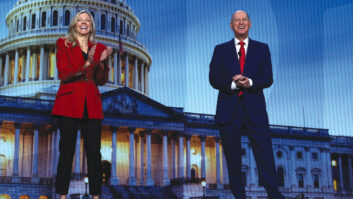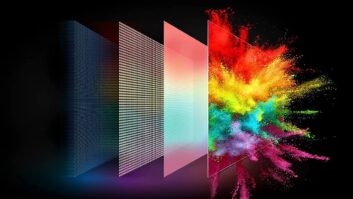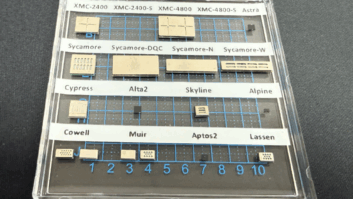Technology and the Internet were the two most powerful forces affecting the toy category in 1999, and their influence will grow exponentially in the next three years, helping revitalize the toy market with new competitors for the established toy retailers and manufactures, industry executives said.
Peter Eio, president of LEGO Systems, described an industry in transition at a pre-Toy Fair meeting sponsored by the Toy Manufacturers Association (TMA). With technology being integrated into an ever-increasing number of traditional toys and the growing popularity of licensed computer products — such as the Hot Wheels PC and Barbie digital camera — PC chains such as Best Buy, CompUSA and Fry’s Electronics are attracting traditional toy store customers, he said.
At the same time, Internet sales of technology and traditional toys exploded last year, with $350 million in sales taking place — a figure expected to hit $1.5 billion in just three years. In 1998 $50 million was spent on toys on the web.
Eio sees e-commerce and new brick & mortar retailers as a stabilizing element for the toy industry and said it will help slow the amount of consolidation that has taken place recently among traditional retailers. However, the same does not hold true for web-based toy stores.
“I expect a big shakeout of e-tailers this year,” he said. “The survivors will have strong brands with friction-free service.”
E-tailers do bring something positive to the mix. Because of their virtual inventory, toy e-tailers are not constrained by shelf-space issues, like their brick & mortar cousins, so are more willing to give a small vendor exposure. Neil Friedman, president of Fisher-Price, said this situation is a plus for established manufacturers that always have more product than a retailer like Wal-Mart or Toys “R” Us can display.
Interestingly, Eio said, the best-selling toys on the Internet are not high-tech, but traditional. Tom Kalinske, president of educational toys maker Knowledge Industries, said that proportionally, educational toys sell better on the Internet than in regular stores.
The long-term impact that technology will have on the toy industry is seen as positive. None of the manufacturers felt the conversion of standard-banner board games, such as Monopoly and Life, to the PC and plush toys to include artificial intelligence would put a crimp in traditional toy sales. The opposite is actually true, with several saying the ability to keep upgrading toys extends their product life and attracts children who might otherwise ignore such a toy.
Patty Lewis, president of The Family Co., pointed to sales of the strictly low-tech Yo-Yo jumping 36% last year as a prime indicator that portion of the industry is healthy.
Despite the underlying strength of the traditional segment of the industry, the TMA understands the role played by high-tech toys such as video game consoles.
TMA president David Miller said that even though game console sales were flat in 1999 — with just 13 million units shipped, despite 1.4 million Dreamcast consoles shipping — the category was still up 12.5% in dollar sales due to increases in console and portable video game software sales. Overall, video games accounted for $5.5 billion of the $22.3 billion in toys shipped in 1999.













